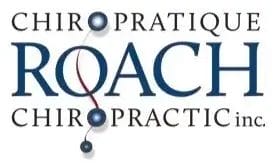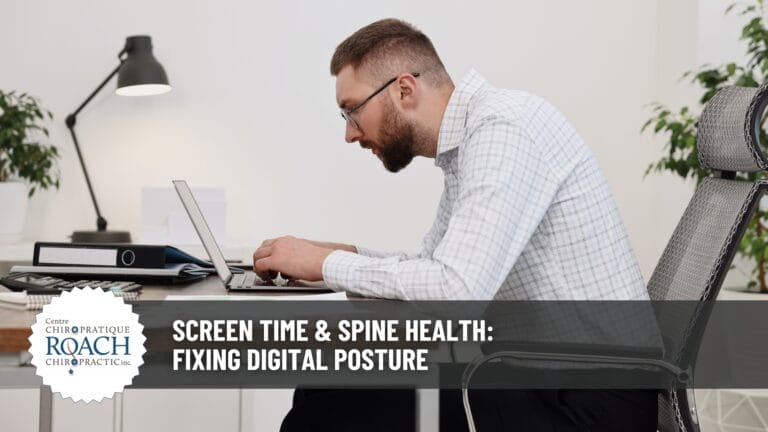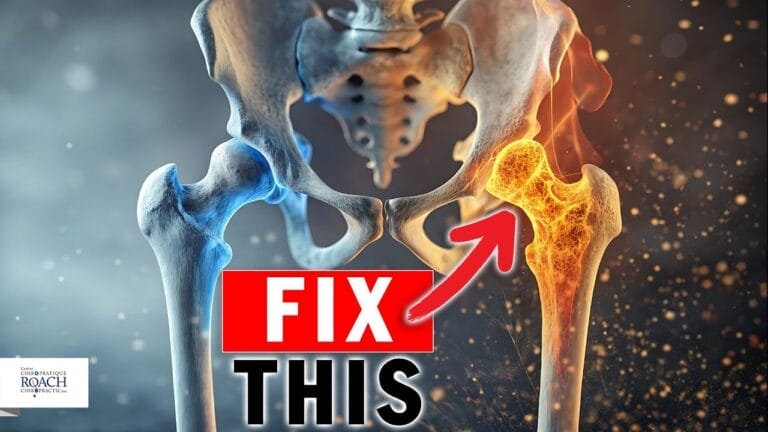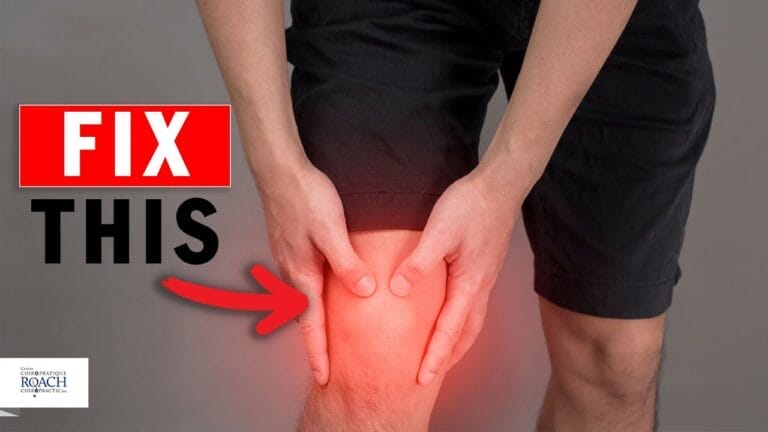Mid Back, Thoracic Spine. Problems and Solutions

The thoracic spine, or mid-back, plays a crucial role in posture, movement, and overall spinal health. Issues in this region can lead to pain, stiffness, and restricted mobility, often caused by poor posture, muscle strain, herniated discs, or degenerative conditions. Chiropractic care offers a non-invasive, drug-free approach to managing thoracic spine problems by addressing spinal alignment, reducing inflammation, and promoting natural healing. This blog post explores the causes, symptoms, chiropractic solutions, best practices, exercises, and the importance of ongoing care.
Understanding Thoracic Spine Problems
Common Causes
- Poor posture from prolonged sitting or screen use.
- Muscle strain due to repetitive movements or overuse.
- Herniated or bulging discs, causing nerve compression.
- Osteoarthritis or degenerative disc disease, leading to stiffness.
- Scoliosis or spinal misalignment, affecting mobility.
Canadian and Worldwide Statistics
- Back pain is one of the leading causes of disability worldwide, affecting millions annually.
- In Canada, musculoskeletal disorders, including thoracic spine issues, account for a significant portion of chiropractic visits.
- Poor posture and sedentary lifestyles contribute to increasing cases of mid-back pain globally.
Identifying Symptoms of Thoracic Spine Issues
Individuals experiencing thoracic spine problems may notice:
- Persistent mid-back pain that worsens with movement.
- Stiffness and reduced range of motion in the upper and mid-back.
- Radiating pain to the chest or ribs, sometimes mistaken for cardiac issues.
- Difficulty with deep breathing or twisting motions.
- Muscle tightness or spasms in the mid-back region.
Step-by-Step Guide to Managing Thoracic Spine Health
1. Chiropractic Adjustments
Chiropractic care focuses on realigning the spine to reduce nerve compression and improve mobility. Techniques such as spinal manipulation, mobilization, and decompression therapy can help alleviate pain and promote healing.
2. Soft Tissue Therapy
Massage and soft tissue techniques help reduce muscle tension and improve circulation, promoting relaxation and pain relief.
3. Stretching & Strengthening Exercises
Regular exercises help maintain flexibility and reduce stiffness. Chiropractors often recommend:
- Thoracic extension stretches to improve mobility.
- Cat-Cow stretch to enhance spinal flexibility.
- Thread-the-Needle exercise to relieve tension in the upper and mid-back.
4. Lifestyle Adjustments
- Maintain proper posture while sitting and standing.
- Use ergonomic furniture to support spinal health.
- Take frequent breaks from prolonged sitting.
Chiropractic Quote
“Your spine is the foundation of movement—align it well, and your body will thank you.” – Dr. William Morgan
Short and Long-Term Benefits of Chiropractic Care
Short-Term Benefits:
- Immediate pain relief and reduced inflammation.
- Improved mobility and flexibility.
Long-Term Benefits:
- Prevention of recurring thoracic spine issues.
- Enhanced postural alignment and movement efficiency.
Best Practices & Routines for Thoracic Spine Health
- Daily stretching to maintain flexibility.
- Proper workstation setup to reduce strain.
- Regular chiropractic visits to prevent misalignment.
The Importance of Ongoing Chiropractic Care
Consistent chiropractic care helps maintain spinal alignment, reducing the likelihood of thoracic spine pain recurrence. By addressing nerve compression and muscle tension, chiropractic adjustments provide long-term relief and improve overall mobility.
Thoracic spine issues can significantly impact daily life, but chiropractic care offers an effective, non-invasive solution. By incorporating adjustments, exercises, and lifestyle modifications, individuals can manage mid-back pain symptoms and prevent future complications. If you’re experiencing thoracic spine discomfort, consider scheduling an appointment with Roach Chiropractic to explore personalized treatment options. Contact us today to start your journey toward pain-free living!
SHARE THIS






